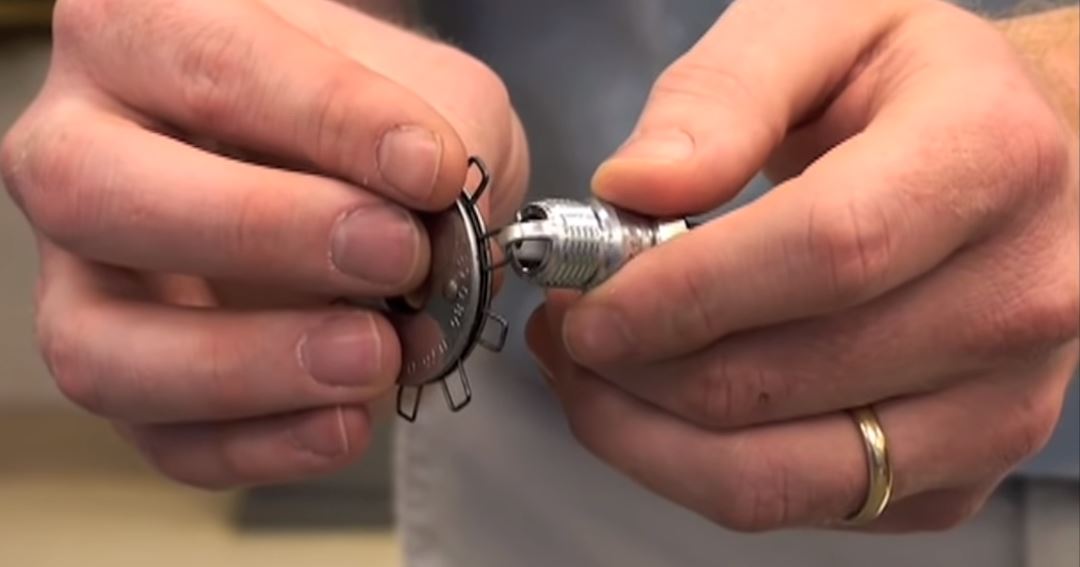DO I NEED TO SET THE “GAP” WHEN INSTALLING A NEW SET OF PLUGS?
Maybe. A spark plug part number might fit hundreds of different engines from many different manufacturers. Although the NGK factory will set the gap to a preselected setting, this may not be the right gap for your particular engine. The incorrect plug gap for your engine can contribute to a high rate of misfires, loss of power, plug fouling, poor fuel economy and accelerated plug wear. It is always best to check the gap against the manufacturer’s specifications. If adjusting the gap on fine wire or precious metal plugs such as platinum or iridium, be very careful not to apply any pressure or prying force to the fine wire center electrode or insulator as they can be damaged. The gap should be adjusted by only moving the ground electrode.
Another consideration that should be taken into account is the extent of any modifications that you may have made to the engine. As an example, when you raise compression or add forced induction (a turbo system, nitrous or supercharger kit) you must reduce the gap (about .004″ for every 50 hp you add). However, when you add a high power ignition system (such as those offered by MSD, Crane, Nology) you can open the gap from .002-.005″.
If you have any questions, please contact the NGK Spark Plugs Tech Staff >>
The manufacturer of your vehicle, the company that produced the aftermarket products you’ve used, and/or your service technician are all additional sources of gapping information if you’ve modified your vehicle.
